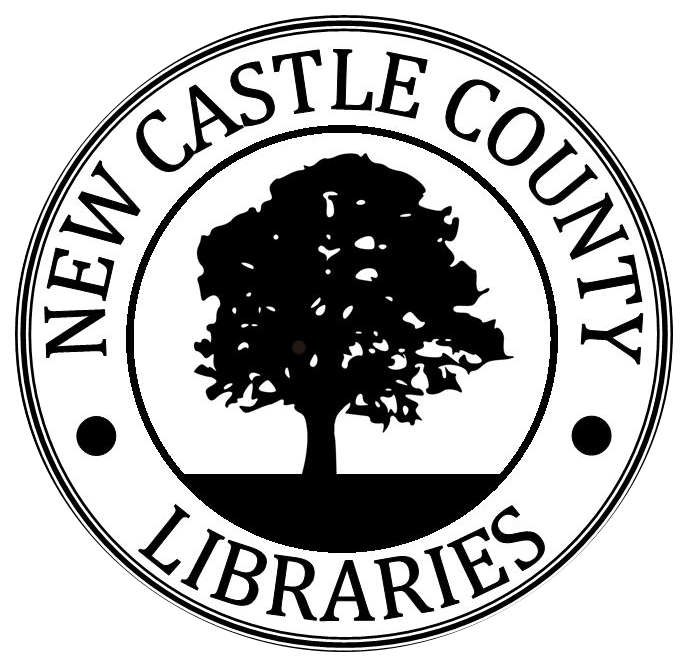There are so many opinions floating around when it comes to children learning a second language. “You need bilingual parents!” “My child wouldn’t sit still!” “Start your child later!” “My child won’t even listen when I’m speaking English.” And my personal favorite, “What’s the point if the child can’t even speak yet?” All the advice and theories can seem daunting, especially when you’re not sure what’s true. So, I’ve responded to five popular myths to show you just how capable your child is when it comes to learning a second language!
1. “Older children and adults are more receptive to learning a foreign language than younger children.”
While older children and adults may be receptive, younger children tend to be more fearless, when it comes to learning a second language.1 As children approach puberty, they begin to develop a deeper awareness of themselves and their place in society. Between the ages of seven and twelve, children also become aware of others’ perception of them.2 This self-awareness has the potential to make them quieter and less daring, and it impedes on their ability to accept new input, like a foreign language. Ironically, this is exactly when the majority of American students are first introduced to a second language. And it’s a recipe for resentment!
Of course, one can argue that the horrific self-consciousness of high school will dissipate by adulthood. We’ve grown since high school; am I right? And while this may be true for us, a study still found that 38% of university students fear going to foreign language classes more than any other class.3 That’s more than twice the number of people who are afraid of going to the dentist!4 Foreign language instruction is supposed to work towards bringing people and cultures together, and this finding only depicts how intimidating and even frightening a late introduction to a second language can be for older students.
2. “Your child can learn a second language from ‘edutainment’ TV, like Dora the Explorer.”
Not to diss Big Bird, but children cannot learn a second language from “edutainment” programs.5 This is mainly due to a lack of significant input and prompting for response. What does that mean?! It means that Dora can teach your children how to say “hola,” but she isn’t engaging with them… even if she talks to them through the television screen. Edutainment is akin to memorizing a few canned phrases from a Berlitz phrasebook before traveling. Yes, you can absolutely learn how to ask for directions in Spanish, but when the Spaniard responds with a phrase you never memorized… Uh oh! What’s really missing from edutainment is the interactivity of a real, live human being. Interestingly, that human doesn’t have to be a licensed teacher or a native speaker. Even parents with limited language skills can effectively motivate and teach their children!7
3. “Preschool is too early to begin teaching a second language, let alone a baby!”
Experts agree that children and teens may become overwhelmed and less successful if they are introduced to academic concepts above their maturity level. Their only exception: learning a foreign language!6 Children’s lack of maturity is actually what makes them successful. Evidence suggests that it is during the maturation period of the brain that the most effective and permanent language acquisition occurs.7 Preschoolers are only beginning to develop the personality types, learning styles, and gender behaviors that will eventually affect the way they learn. Without these traits, children are essentially white slates to be written on and they have a natural thirst to learn what you put before them!
But what about babies? Well, as humans, provided we have no significant cognitive disorder, we all go through the same developmental stages despite our race, gender, or socio-economic background. By six months of age, babies begin to babble. This is important because they are effectively ratcheting through all the possible sounds and intonations that their mouths and vocal chords can produce. Within only six more months after this, these babbling babies will only use those consonant and vowel sounds found in the language(s) they hear. By two years of age, babies make two-word utterances, form negative statements, and use a rising intonation to ask questions. You didn’t teach your daughter about intonation patterns, yet she uses them by the time she reaches eight months! With that being said, there is no reason to believe that young children can’t handle learning a second language, since they successful learned their first.8 Let’s give these superheroes some credit!
4. “Learning two languages can cause a developmental delay.”
It is true that some children (usually under the age of three or so) who are learning two languages simultaneously may exhibit a slight delay in producing language. This doesn’t mean that they’re not absorbing the information they receive. Common sense comes in to play, on this one. Children who are learning two languages are processing them both at the same time, so in effect, they are dealing with twice as much new language input as a monolingual child. Despite this, they still pass through those same grammatical and phonetic milestones, which I outlined above. Research shows that monolinguals achieve functional fluency by age five, and on average bilingual children become fluent in both languages by the same age.9 The force is strong with those bilingual babies!
5. “There’s no way to motivate a child into learning a second language.”
The fact is: your child can learn a second language without being coaxed. Children’s openness to new input is heavily dependent on their self-confidence and motivation.10 Stress cannot play a factor in language learning (or any learning!). Children are more likely to display stress when they don’t feel safe, comforted and engaged. This is why it is important to teach a second language through a methodology of fun. This is also why music, art and physical activity are the three pillars of our foreign language program, Language University.
And not only can children be motivated to learn a second language without becoming anxious, but studies also prove that the earlier children are exposed to a second language, the sooner they will acquire enhanced problem-solving, reasoning skills, creativity, cognitive development, a boosted self-confidence, as well as a deeper understanding of other peoples and cultures.11 This means that learning a second language actually helps children become better students and people! So don’t allow anyone to tell you what your child is capable of, because your child really is a superhero, super learner!
If your child’s preschool or elementary school doesn’t offer a second language (be it within their curriculum, extracurriculars, or summer camps), please reach out!
References:
1. King, K. A., & Mackey, A. (2007). The bilingual edge: Why, when, and how to teach your child a second language. New York: HarperCollins, 57.
2. Strozer, J. R. (1994). Language acquisition after puberty. Washington: Georgetown University Press, 131.
3. Horwitz, E. K., Horwitz, M. B., & Cope, J. Foreign language classroom anxiety. Modern Language Journal, 70, 125-132.
4. What is dental anxiety and phobia? (2013, September 18). Colgate Oral Care. Retrieved from https://www.colgate.com/en-us/oral-health/basics/dental-visits/what-is-dental-anxiety-and-phobia
5. King, K. A., & Mackey, A. (2007). The bilingual edge: Why, when, and how to teach your child a second language. New York: HarperCollins, 29.
6. Stixrud, W., & Johnson, N. (2018, February 15). Teach kids when they’re ready. Edutopia. Retrieved from https://www.edutopia.org/article/teach-kids-when-theyre-ready
7. Strozer, J. R. (1994). Language acquisition after puberty. Washington: Georgetown University Press, 137.
8. Mitchell, R., Myles, F., & Marsden, E. (2013). Second language learning theories. Abingdon: Routledge, 31.
9. King, K. A., & Mackey, A. (2007). The bilingual edge: Why, when, and how to teach your child a second language. New York: HarperCollins, 26.
10. Brown, S., & Larson-Hall, J. (2012). Second language acquisition myths: Applying second language research to classroom teaching. Ann Arbor: University of Michigan Press, 137.
11. King, K. A., & Mackey, A. (2007). The bilingual edge: Why, when, and how to teach your child a second language. New York: HarperCollins, viii.
























